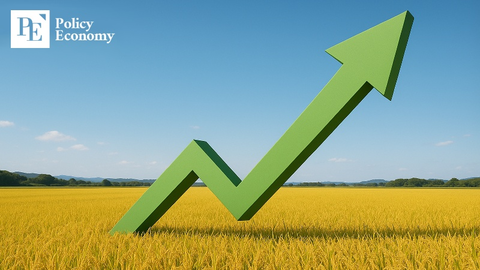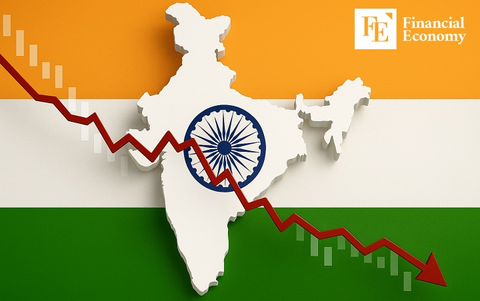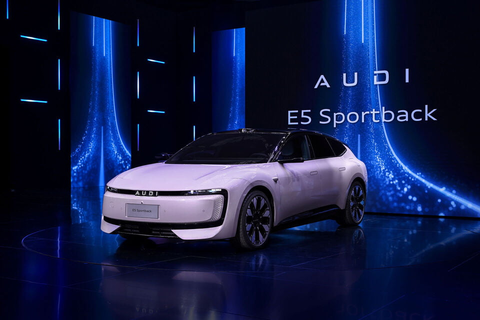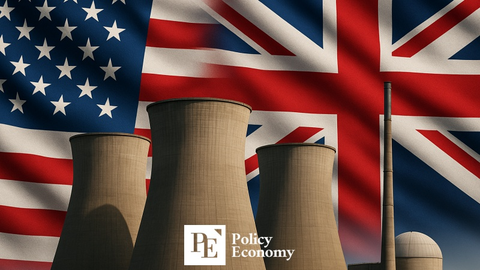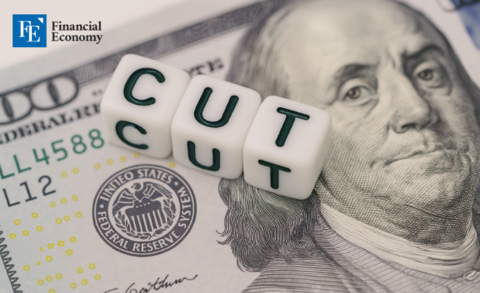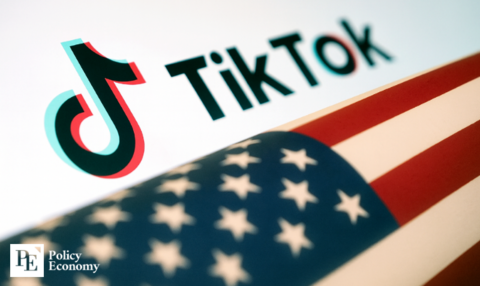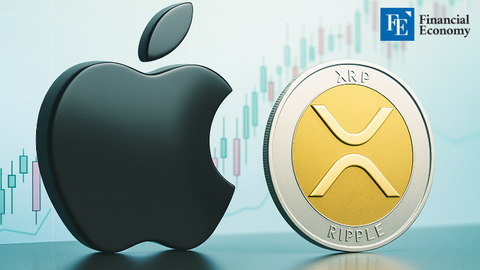Japanese Carmakers Gain U.S. Market Share After Holding the Line on Prices
Input
Modified
Japanese Carmakers' U.S. Market Share Rises to 37.4% No Drastic Price Hikes Despite Escalating Tariff Pressures As U.S.–Japan Tariff Talks Conclude, Can the Auto Industry Breathe Easier?
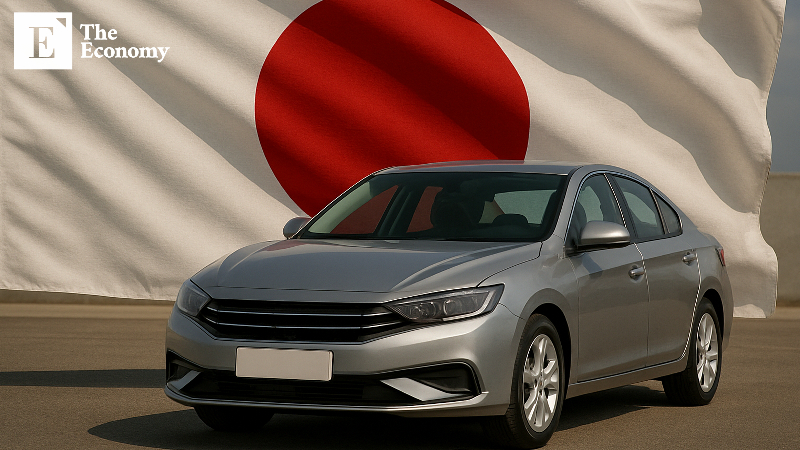
Japanese automakers have steadily expanded their market share in the United States during the first six months of Donald Trump’s second term. Their strategy of minimizing price hikes despite tariff pressures appears to be paying off, resonating well with cost-conscious American consumers.
Japanese Automakers Hold Steady in U.S. Market
On July 22, Japan’s Jiji Press reported that Japanese carmakers have continued to perform strongly in the U.S. market, despite headwinds from Trump-era tariffs. Bolstered by strong demand for hybrid vehicles (HVs), the companies have maintained solid sales without significant price increases. According to U.S. automotive research firm Cox Automotive, the combined market share of Japan’s six major automakers rose from 36.7% in 2024 to 37.4% in the first half of 2025. Toyota, the industry leader, increased its share from 14.6% to 15.3%, while Honda’s share climbed from 8.8% to 9.1% over the same period.
Behind this resilience lies a strategic restraint in pricing. Of the six major Japanese carmakers, only three raised vehicle prices in recent months—and among them, only Subaru matched the 25% tariff rate imposed by the U.S. on imported vehicles. Mitsubishi raised prices by just 2.1% across three models, while Toyota implemented only modest price hikes of several hundred dollars on select models.
Analysts say this cautious pricing reflects Japan’s heavy dependence on the U.S. auto market. In 2024, Japan’s automobile exports to the U.S. totaled approximately ¥6.02 trillion (around $44 billion), accounting for 28.3% of its total exports to the United States. With such a large share of earnings tied to the American market, a poorly timed price hike could risk eroding market share and severely impact the companies’ bottom line.
Auto Exports Drag Down Japan’s Trade Balance with U.S.
Despite helping preserve market share, Japanese automakers’ conservative pricing strategies are now weighing heavily on Japan’s trade balance with the United States. According to preliminary trade statistics released by Japan’s Ministry of Finance, exports to the U.S. in June fell 11.4% year-over-year to ¥1.707 trillion (approximately $10.8 billion), accelerating from an 11.0% decline in May and marking the third straight month of negative growth. The sharpest drop by value came from automobiles, down 26.7%. However, the number of units exported actually increased during the same period, reflecting a shift by Japanese manufacturers toward lower-priced models that are less exposed to tariffs.
As the downsides of holding the line on prices become clearer, Japanese automakers are ramping up local production and overhauling supply chains. At a press briefing in May, Mazda CEO Masahiro Moro remarked, “We’ve told our suppliers that we are switching into survival mode.” Jeffrey Guyton, the company’s CFO, also told shareholders at last month’s annual meeting that Mazda plans to increase production of vehicles in the U.S. to avoid tariffs. As of the fiscal year ending March 2025, over 30% of Mazda’s global sales—435,000 vehicles—depended on the American market.
Subaru, for its part, has announced plans to invest ¥40 billion (around $255 million) to expand production in the U.S. Honda, meanwhile, is exploring new avenues of cooperation with Nissan in the U.S. to minimize tariff exposure, even after formal merger talks between the two firms collapsed. If the partnership materializes, Nissan is expected to manufacture Honda-branded pickup trucks at one of its underutilized U.S. facilities.
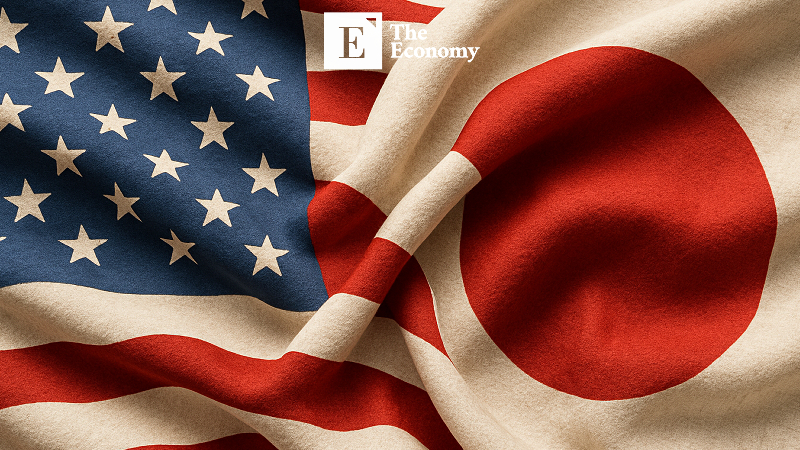
U.S. to Lower Tariffs on Japanese Autos Amid Trade Agreement
While Japanese carmakers scramble to protect profitability under current trade conditions, analysts say their emergency measures may be short-lived. A recent U.S.–Japan tariff agreement is expected to ease much of the financial burden previously placed on automakers. According to reports by AP and Reuters, former President Donald Trump announced via Truth Social on July 22 (local time) that the U.S. has agreed to impose a 15% reciprocal tariff on Japanese automobiles—a significant reduction from the previously threatened 25% tariff, which was to take effect if talks failed by August 1.
“This deal will create hundreds of thousands of jobs and is unlike anything we’ve ever seen,” Trump claimed, adding that the U.S. would continue to maintain a “great relationship” with Japan. He also stated that Japan has agreed to invest $550 billion (approx. ¥86 trillion) in the U.S. and to open its markets to American cars, trucks, rice, and select agricultural products.
Japan’s public broadcaster NHK further reported, citing government officials, that the two countries had agreed to reduce the U.S. tariff on Japanese vehicles from 25% to 12.5%. This marks a notable policy shift by the U.S., which had previously applied uniform tariff rates across all trade partners. As a result, Japanese vehicles are now expected to face a total tariff burden of 15%, including the standard 2.5% base rate.


